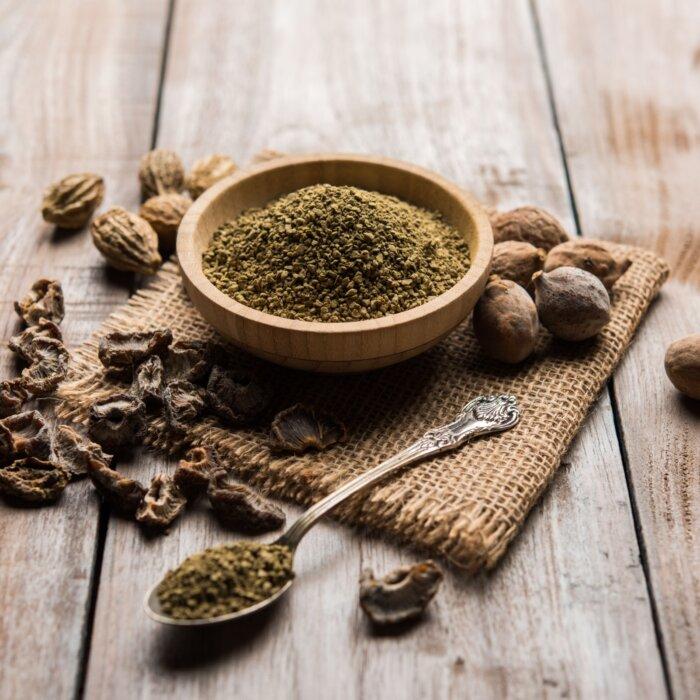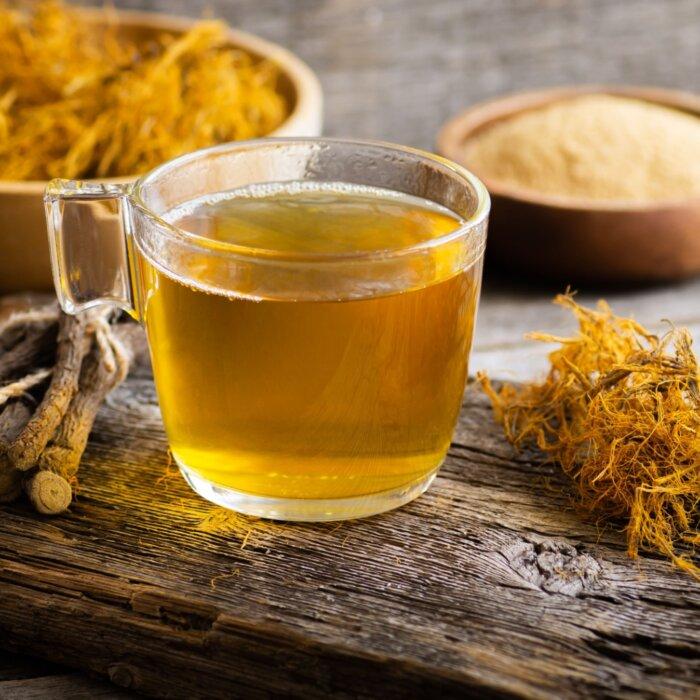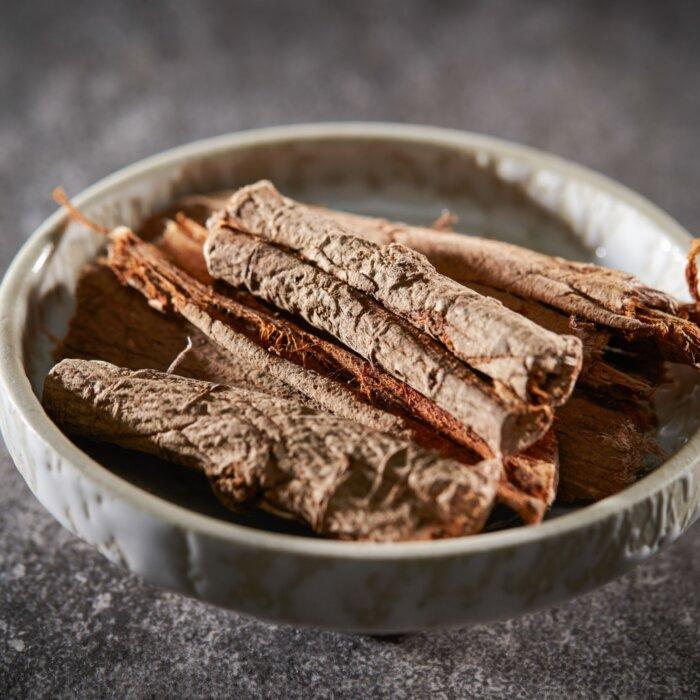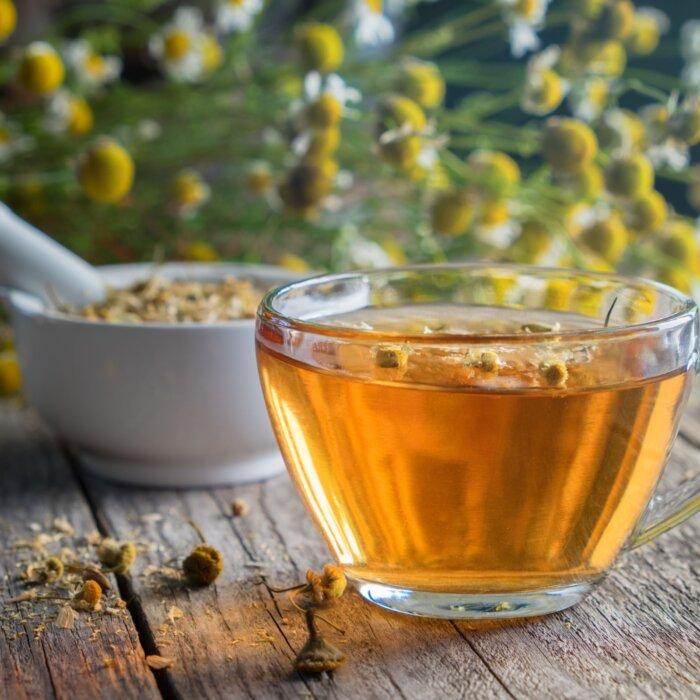The dandelion—often scorned by homeowners desirous of lush, green lawns—offers untold healing properties from the tip of its roots to its sunny bright orb.
Dandelions provide nectar and pollen for bees and butterflies, particularly early in the season when their food source is scarce. As for humans, dandelions can be eaten raw or prepared in a number of ways, with each part of the plant—root, leaves, and flower—offering benefits for digestion.
“The dandelion is like one-stop shopping for gut health, which is kind of amazing,” herbalist Rosalee de la Forêt told The Epoch Times. “It’s such a generous plant that grows everywhere.”
Widely considered an invasive and pesky weed, dandelions can be eaten straight out of your lawn. If you plan to pick dandelions for consumption, just be sure it’s not an area that’s been chemically treated in the past three years.
In Defense of Dandelion
Dandelion’s long brittle roots extending as deep as a foot—sometimes even further—are a testament to its resilience. Even a bit of root left behind can be enough for a new plant to spring forth.Scorned by landscapers, those massive roots explain why the plant is rich in minerals, pulling micronutrients from deep within the soil. Dandelions are a source of vitamins A, B, C, and D, plus minerals such as iron, potassium, and zinc, according to Mt. Sinai Medical.
Dandelion roots also offer healing for the soil—providing drainage channels, aerating, helping restore minerals, and preventing erosion, according to the White Rabbit Institute of Healing.
The herb’s botanical name is Taraxacum officinale. It’s known as Pu Gong Ying in traditional Chinese medicine, which reveres the dandelion for clearing heat and detoxifying the body. In both Western and Eastern medicine, dandelions are used for ailments involving digestion including poor appetite, constipation, diarrhea, bloating, and diabetes, as well as kidney and liver issues.
John Immel, founder of the Joyful Belly School of Ayurveda, points out that dandelions are not true weeds. It’s believed that early European settlers brought dandelion seeds to the United States.
‘Waking Up’ Digestion
Just as the plant provides vital food to early pollinators, the dandelion’s appearance in spring is believed to be nature’s provision. People of ancient cultures tended to be somewhat nutrient-deprived after winter and the early appearance of dandelions before crops were ready for harvest filled a gap.De la Forêt, teacher and bestselling author of two books on herbs, noted that the digestive boost dandelions offer can help counteract modern habits of eating rich and carbohydrate-heavy meals in winter. They promote secretory functions, she said, such as increasing saliva, stomach acid, and bile.
Bile is made by the liver and stored in the gallbladder, which releases it during digestion to aid in the breakdown of fats. Americans are often deficient in stomach acid, which can cause indigestion, malnutrition, and increased fermentation in the lower gastrointestinal (GI) tract leading to symptoms such as bloating and gas.
Potent Healing Properties
Despite limited research on the potency and application of dandelions in GI health, a 2022 review published in the Journal of Ethnopharmacology suggests that its anti-inflammatory properties may explain why it could be effective in alleviating GI symptoms.Dandelions are also rich in inulin, a type of prebiotic that we can’t digest but is food for our microbiome. Prebiotics help create the right living environment for healthy microbes, de la Forêt said.
“One way I like to think about it is if you plant a seed in cement versus if you plant a seed in rich, composted soil. That’s the same thing this prebiotic does. It makes our guts a welcoming, healthy place for microflora,” she said.
The review notes that there are many other potential GI-protective substances in dandelions, as well as some research showing that dandelions and their derivatives offer pharmacological effects against GI disorders such as low stomach acid, gastroesophageal reflux disease, inflammatory disorders such as ulcerative colitis, liver diseases, gallstones, acute pancreatitis, and GI cancer.
There’s still a need to identify all of the dandelion’s bioactive traits among various species and perform clinical studies that can offer more insight into metabolism, bioavailability, and safety, according to the authors of the review.
Dietitian Ashley Oswald told The Epoch Times that when it comes to nutrition, robust research is hard to come by—though sometimes studies on the compounds in plants and other food can offer insight.
Practical Use of Dandelions
Oswald is founder and owner of Oswald Digestive Clinic and sometimes suggests that clients incorporate dandelion into their diets—but that timing matters.It’s not a first-line response, she said, because most people come to the clinic with severe issues stemming from eating a standard American diet. Typically, Oswald begins with familiar foods and introduces vegetables slowly to establish tolerance.
“There are so many things we can do and so much we can share,” she said. “We have to meet people halfway. It’s like peeling an onion and getting to the root causes, and at every appointment, we can go a little bit further. At some point, we’re working to optimize [digestive health] and that can look like talking about dandelions, using more herbs and spices.”
Dandelion Contraindications
Anyone with severe GI issues should start with small amounts of dandelion. Oswald said some people first may want to discuss using it with their doctor or refrain altogether, including anyone:- With bile duct or gallbladder issues
- Suffering from kidney failure or chronic kidney issues
- Taking blood thinners or diuretics, because dandelion is a diuretic
- Suffering from gastritis (stomach inflammation)
- With a stomach ulcer or too much stomach acid
- Who has allergies to plants in the Aster family, which includes ragweed. Dandelions could worsen allergies.
“But if they’re tolerating produce, then it’s a great add-on, because the more variety we get, the better and more diverse our bacteria will become and that’s really an ultimate goal. And what an easy way to add variety when it’s growing in our yard,” she said.
Recipes
Learning to use a new herb can be helped by tried and true recipes.Dandelion Pesto
Ingredients- 1/2 cup shelled pine nuts
- 3 garlic cloves, minced
- 2 cups chopped fresh dandelion leaves, loosely packed
- 1 tablespoon lemon juice
- 1 tablespoon lemon zest
- 1/2 cup extra-virgin olive oil
- 1/2 teaspoon sea salt
- 1 teaspoon turmeric powder
- 1/2 teaspoon freshly ground black pepper
- 1/4 cup freshly grated Parmesan
- Place all the ingredients except the Parmesan into a blender or food processor. Process until smooth. If it’s too thick, slowly add a bit more olive oil.
- Add the Parmesan and continue to blend until the mixture has a smooth consistency.
- Refrigerate, and eat within three days. Serve with crackers, bread, or carrots. It’s also great as a topping on meats, veggies, and eggs.
Dandelion and Strawberry Shrub Recipe
Ingredients- 2 cups strawberries (fresh or frozen)
- 1/2 cup fresh dandelion roots, chopped (or 1/4 cup dried dandelion roots)
- 2 tablespoons fresh ginger, minced
- 1 cup balsamic vinegar
- 1 cup apple cider vinegar (or white wine vinegar)
- 1/2 cup honey (or more to taste)
- Chop the strawberries. Add them to a sterilized quart jar. Using a wooden mallet or spoon, slightly crush the strawberries.
- Add the dandelion roots and ginger to the jar. Add the vinegars and honey. Stir well.
- Cover with a non-reactive lid: plastic, glass, or a piece of parchment or waxed paper between the metal lid and the shrub. (Vinegar will corrode a metal canning jar lid and destroy the drink.) Let this infuse for a week in the fridge. Shake it gently every day.
- Strain when done.
- To serve your shrub: Add 1–2 tablespoons of the shrub to 8 ounces of water, sparkling water, soda, or a cocktail. The drink should taste sour and sweet, with the aromatics of strawberries and a subtle zing of ginger.
Store the shrub in the refrigerator in a jar with a non-reactive lid. It should last for six months.
Recipe courtesy of Rosalee de la Forêt









